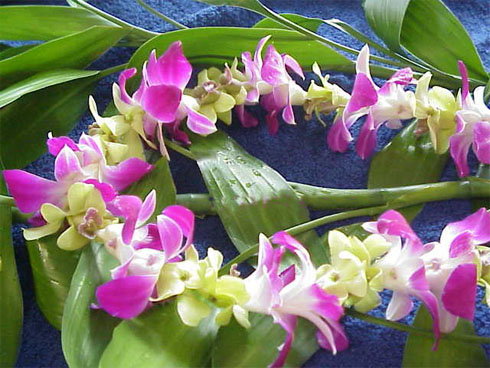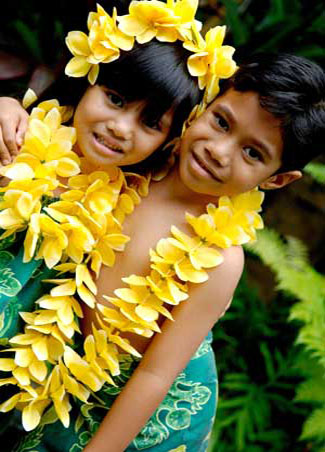History of the Hawaiian Lei


The Hawaiian Lei is an image that most people associate directly to Hawaii. It’s a wonderful island greeting for arriving tourists as well as used by locals for many special occasions.
Be sure to treat yourself to one of the traditional single-strand leis, featuring beautiful, fresh local orchids. But what’s the history of the Hawaiian Lei?
The history of the lei dates way back to the time of ancient Hawaiians. They wore a variety of braided leaves, shells, native flowers, stones, feathers, and even bones to beautify themselves.
Ancient Hawaiians also offered these garlands to each other in addition to their gods as a tangible symbol of both their love and friendship. The lei was treasured and worn with pride by people from every age group.
Polynesians who had voyaged to Hawaii from nearby Tahiti, introduced the lei to the Hawaiian Islands. A lei was worn as a form of decoration, similar to how people wear jewelry today. They were also given in greeting or to honor the recipient.

The traditional flower lei, which is basically a garland worn like a necklace, is created by stringing together individual flowers into single or multiple strands. When completed, the ends are then tied together.
Leis are still carefully made by hand, weaving fragrant, colorful flowers and leaves together to create a work of art. Leis are worn on all special occasions and given to family and friends as gifts of love. Indeed, the lei is a symbol of Hawaii.
Each Hawaiian island has its own signature lei flower. In addition to the shells for Niihau and the red Lehua for the Big Island, Oahu favors the orange Ilima. Kauai uses a green vine and berry called the Mokihana and Molokai has the Kukui, the white blossom of the Candlenut Tree. Maui’s choice is the Lokelani, a small rose. The yellow moss, Kuanaoa, is the choice of Lanai.
Today, in addition to weddings and special ceremonies, flower lei are most often presented to honor birthdays and graduations. Islanders will also wear a lei on May 1, which is Lei Day in Hawai’i, and during the Aloha Week festivities that take place throughout the islands during the Fall.
The lei is also was used in more formal ceremonies. Beautiful Jasmine flowers or pikake are traditionally used in courtship and marriage.




